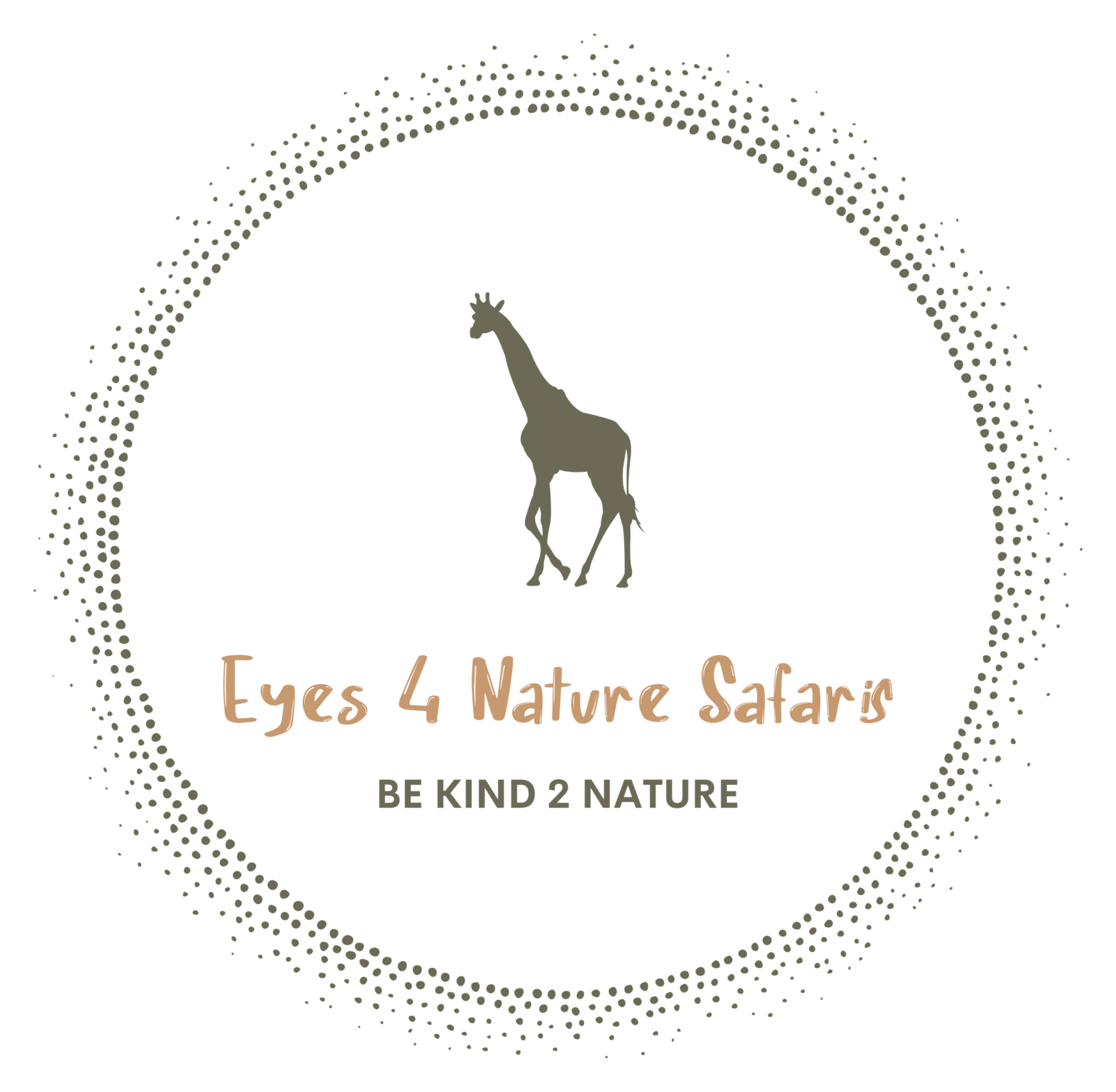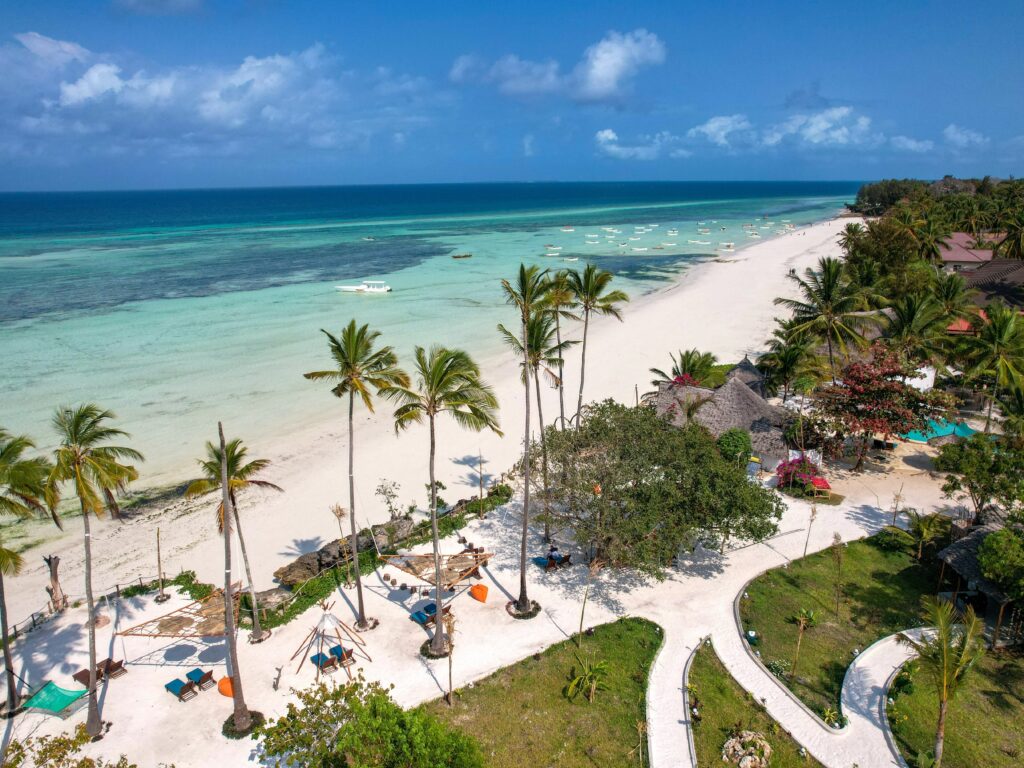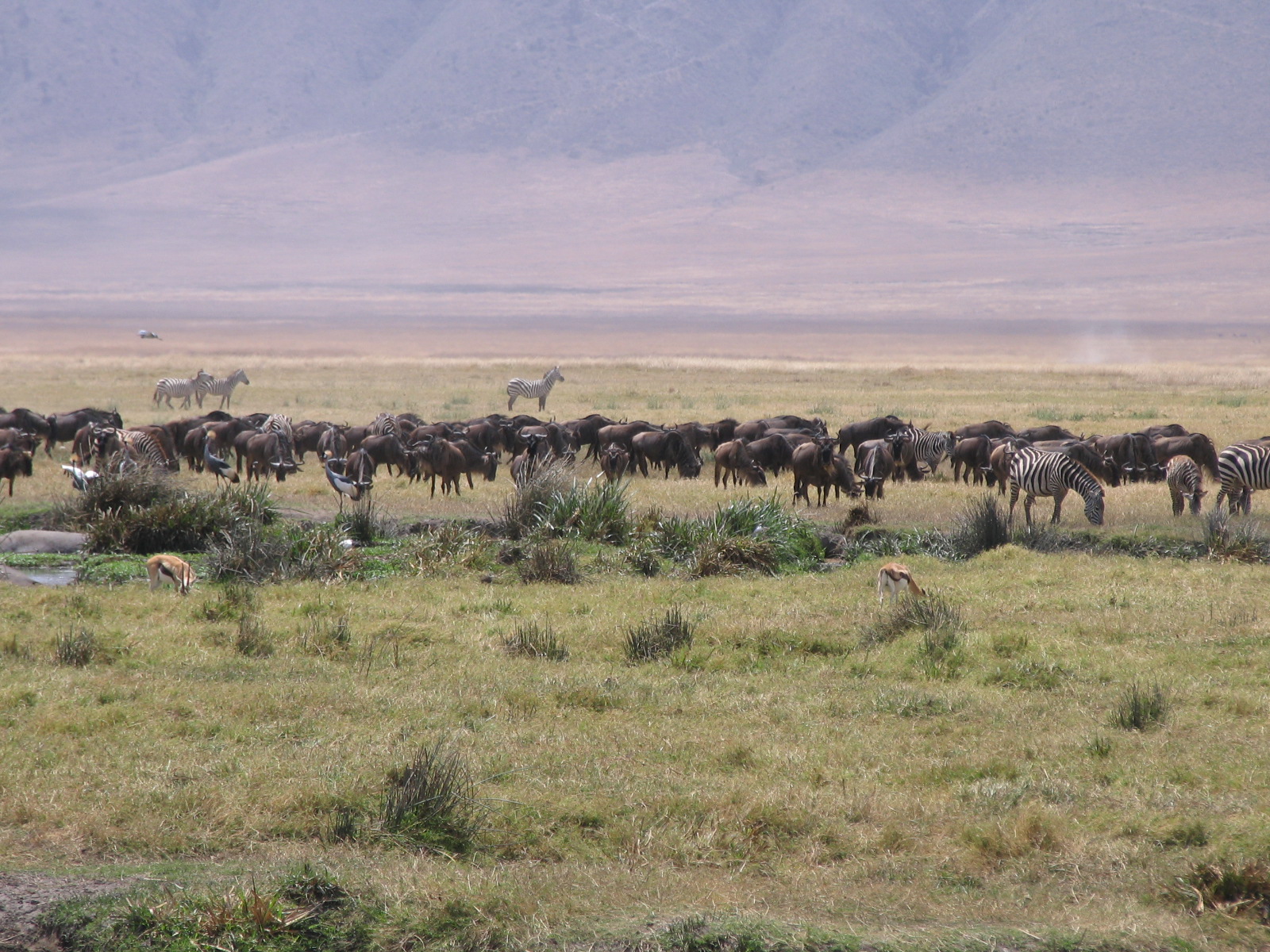
The Serengeti National Park: Ultimate Guide to Tanzania's Crown Jewel
The Serengeti, meaning "endless plains" in Maasai, is Tanzania's most celebrated national park and a UNESCO World Heritage site. Home to the spectacular Great Migration and offering year-round wildlife viewing, this vast ecosystem covers 14,750 km² of diverse habitats supporting an extraordinary concentration of wildlife.
The Serengeti is more than just a national park; it's a living, breathing emblem of wild Africa in its most authentic form. The name itself, derived from the Maasai word "Siringet" meaning "the place where the land runs on forever," perfectly captures the essence of these vast plains that stretch to the horizon. It's a place where nature's greatest theater – the Great Migration – plays out annually, where lions lounge on rocky outcrops (kopjes), and where the rhythm of life and death unfolds exactly as it has for millennia.
Apollo's Recommendation
If possible, allocate at least 3-4 days to explore different regions of the Serengeti. Each area offers a unique landscape and wildlife viewing experience. While the migration is spectacular, don't plan your entire trip around it – the resident wildlife is phenomenal year-round. For a truly magical experience, book a hot air balloon safari over the plains; it's worth every penny to witness the savanna awakening from above as the sunrise paints the landscape gold. My top tip: rather than rushing between animal sightings, sometimes it's better to sit quietly and observe a single pride of lions or family of elephants – you'll witness fascinating behaviors and interactions that drive-by visitors miss entirely.
The Great Migration – Nature's Greatest Show
The annual migration of over 2 million wildebeest, accompanied by hundreds of thousands of zebra and gazelle, is undoubtedly the Serengeti's most famous attraction. This circular journey covers nearly 1,800 miles as the herds follow the rains in search of fresh grazing.
| Migration Period | Location | Main Events |
|---|---|---|
| December - March | Southern Serengeti & Ndutu | Calving season - approx. 500,000 wildebeest calves born within a few weeks |
| April - May | Central & Western Corridor | Herds moving north, mating season |
| June - July | Western Corridor | Dramatic Grumeti River crossings |
| July - September | Northern Serengeti | Spectacular Mara River crossings |
| October - November | Northern to Southern | Return journey south following the rains |
Though these timeframes provide a general guideline, nature doesn't follow a strict calendar. Climate change has also affected traditional patterns somewhat in recent years. The migration is driven by rainfall and the herds follow the fresh grazing, so exact timing can vary.
Key Regions of the Serengeti:
- Central Serengeti (Seronera): The heart of the park, offering excellent year-round wildlife viewing. The resident big cats (especially lions and leopards) are frequently spotted here regardless of migration timing. The Seronera River Valley's permanent water sources attract animals throughout the year. The central region is also home to striking granite kopjes where lions often lounge.
- Northern Serengeti (Kogatende, Lamai): Borders Kenya's Maasai Mara and features the dramatic Mara River, scene of spectacular crossings during the migration (July-October). The landscape is more varied with hills, woodlands, and the river. This region is less visited, especially outside migration season, offering a more exclusive experience.
- Western Corridor: A stretch of land extending toward Lake Victoria, characterized by the Grumeti River and its riverine forests. Famous for migration crossings in June-July when enormous crocodiles await. The area is also home to rare species like black-and-white colobus monkeys.
- Southern Plains (including Ndutu): Technically, part of this area falls in the Ngorongoro Conservation Area, not the Serengeti National Park. Characterized by vast, open plains and acacia woodlands. This is where the wildebeest calving season occurs (December-March), attracting numerous predators. The short-grass plains here turn vibrant green during the rainy season but are quite arid during the dry months.
- Eastern Serengeti (Lobo, Loliondo): Less visited but offering beautiful hilly landscapes and good wildlife viewing, especially during the migration's northern movement.
Wildlife Beyond the Migration: While the migration is spectacular, the Serengeti's resident wildlife offers incredible viewing year-round:
- Big Cats: The Serengeti is home to one of Africa's highest densities of lions. Leopards frequent the central region's riverine forests and acacia trees. Cheetahs favor the open plains where they can reach their remarkable speeds.
- Elephants & Buffalo: Found throughout the park but particularly in woodland areas.
- Giraffe, Zebra & Antelope: Various species including Maasai giraffe, plains zebra, Grant's and Thomson's gazelles, topi, hartebeest, and impala are abundant.
- Hippos & Crocodiles: Concentrated in the major rivers, particularly the Grumeti and Mara.
- Rare & Unusual: Smaller species like bat-eared foxes, serval cats, and over 500 bird species also call the Serengeti home.
Best Time to Visit: Each season offers different experiences:
- Dry Season (June-October): Excellent wildlife viewing as animals concentrate around water sources. Vegetation is thinner, making animals easier to spot. Good time for northern river crossings. Cooler temperatures, less mosquitoes, but dustier conditions.
- Wet Season (November-May): Divided into short rains (November-December) and long rains (March-May). The landscape transforms to lush green, perfect for photography with dramatic skies. Calving season occurs in the southern plains (January-February). Fewer visitors during rainy periods means more exclusive sightings. Some roads may become impassable during heavy rains.
- "Green Season" (January-February): Often offers the best combination of good weather, stunning green landscapes, and excellent wildlife (including newborn animals).
Accommodation Options: The Serengeti offers a range of options to suit all budgets and preferences:
- Luxury Lodges & Camps: Properties like Four Seasons Serengeti, Singita, or &Beyond lodges offer the highest levels of comfort and service, with amenities like pools, spas, and exceptional cuisine. Price range: $1,000-2,500+ per person per night.
- Mid-range Permanent Tented Camps & Lodges: Comfortable accommodations with private bathrooms and excellent service. Examples include Serengeti Serena Safari Lodge, Kubu Kubu Tented Camp. Price range: $400-800 per person per night.
- Mobile Tented Camps: Some follow the migration, offering an authentic safari experience while maintaining comfort. Examples include Serengeti Safari Camp, Ubuntu Migration Camp. Price range: $350-700 per person per night.
- Public Campgrounds: For self-drivers or budget tours, basic facilities at sites like Seronera. Price range: $30-50 per person (plus vehicle fees).
Practical Information:
- Park Fees: Currently $70 per adult per day (24 hours), $20 for children (5-16). Vehicle entry fees of $40-150 depending on weight apply.
- Access: The park can be reached by road from Arusha (approx. 8-hour drive) or via scheduled flights to various airstrips within the park. Flying saves time but adds cost.
- Internal Travel: The park is vast, with distances between regions taking several hours of driving. Consider this when planning your itinerary.
- Best Safari Experience: Game drives are the primary activity, but hot air balloon safaris offer a breathtaking perspective. Walking safaris are permitted in designated areas with armed rangers.
- Combine With: Most visitors combine the Serengeti with other northern circuit parks like Ngorongoro Crater, Lake Manyara, and Tarangire for a well-rounded safari experience.
The Serengeti is not just a destination; it's an experience that connects you to something primordial and profound. It's where you realize that we humans are just a small part of a much greater natural symphony that has been playing long before us and will continue long after. This is the magic that brings people back to the Serengeti time and again.
Gallery

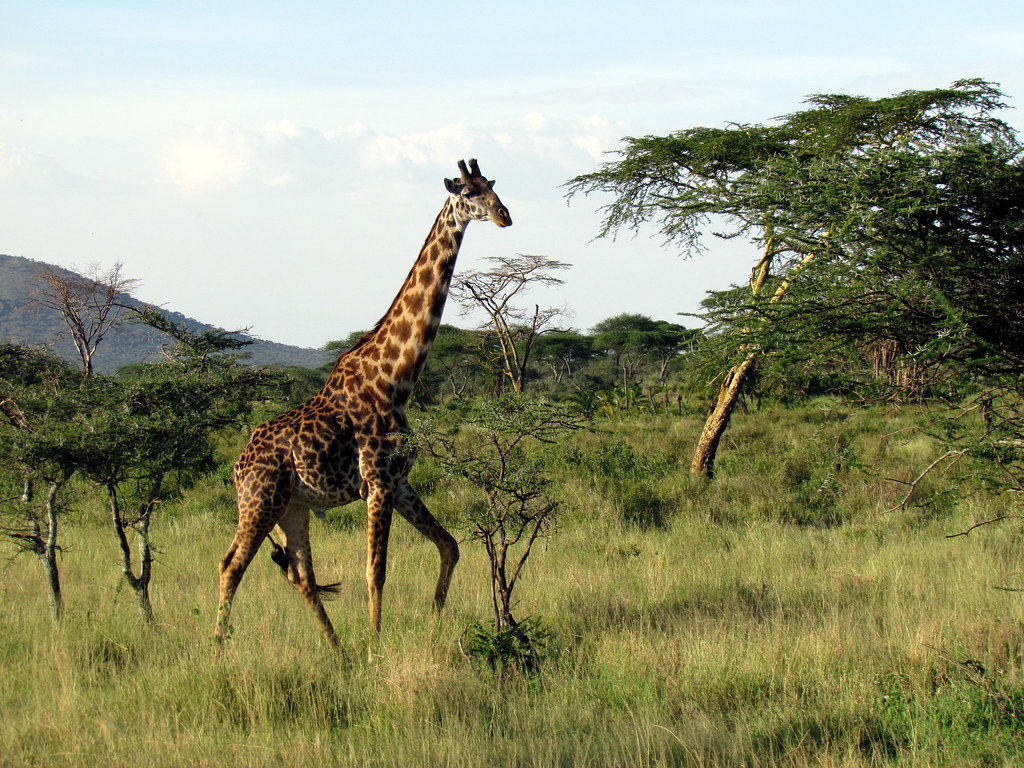
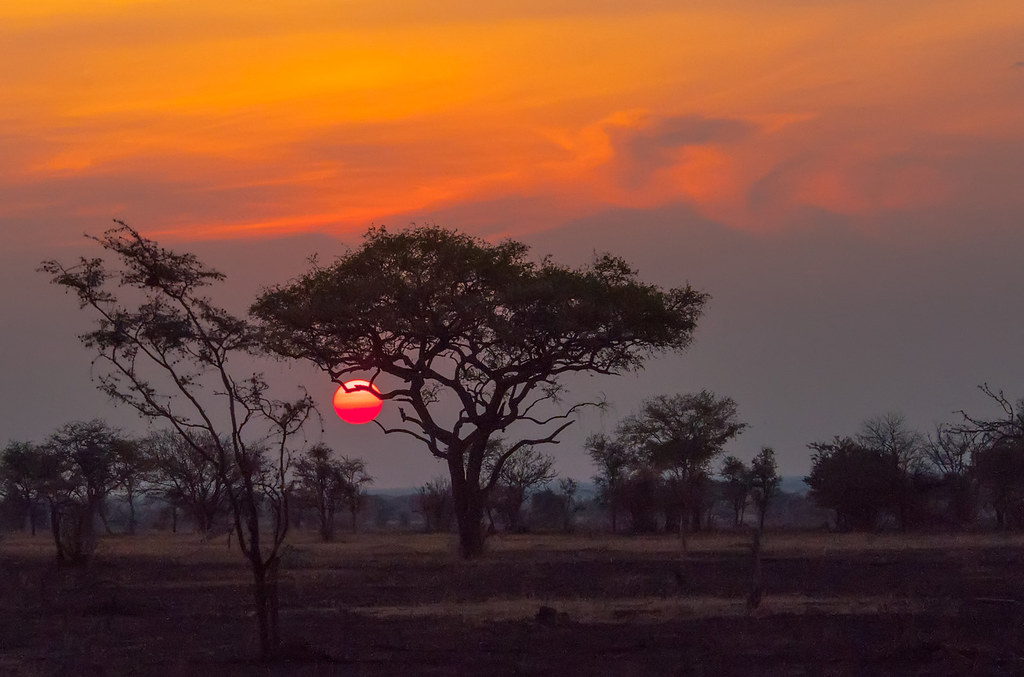
Serengeti Safari Experiences
Ready to Book Your Safari Experience?
Contact us today to start planning your perfect Tanzanian safari.
Contact Us